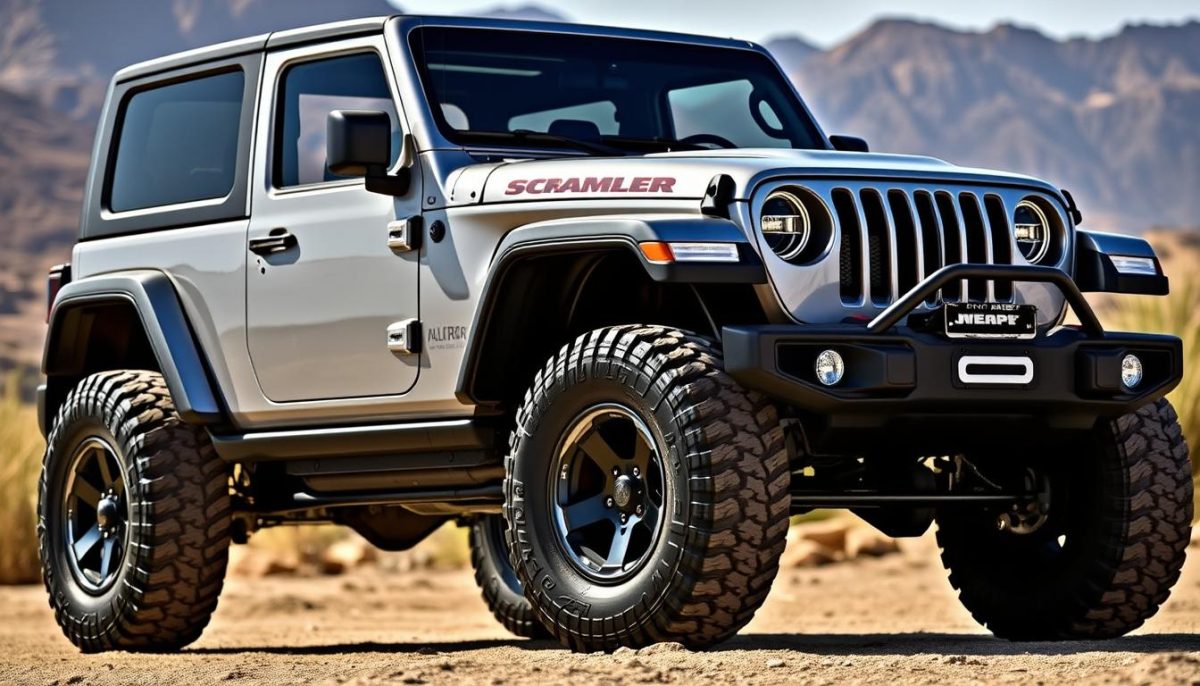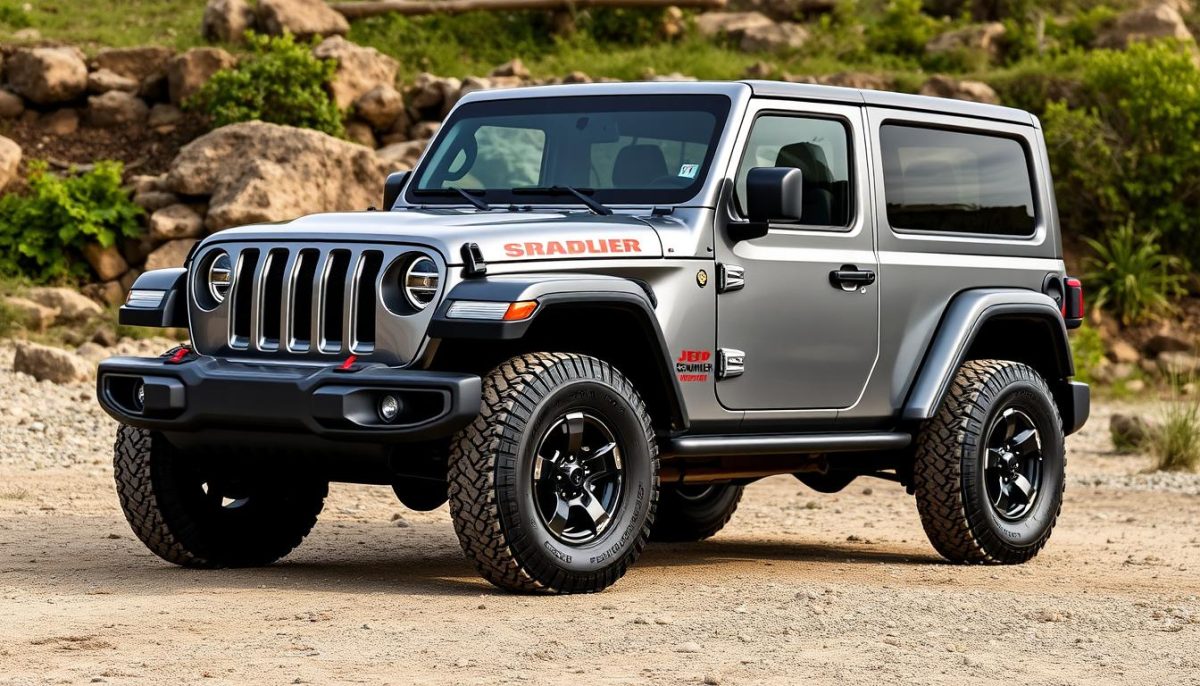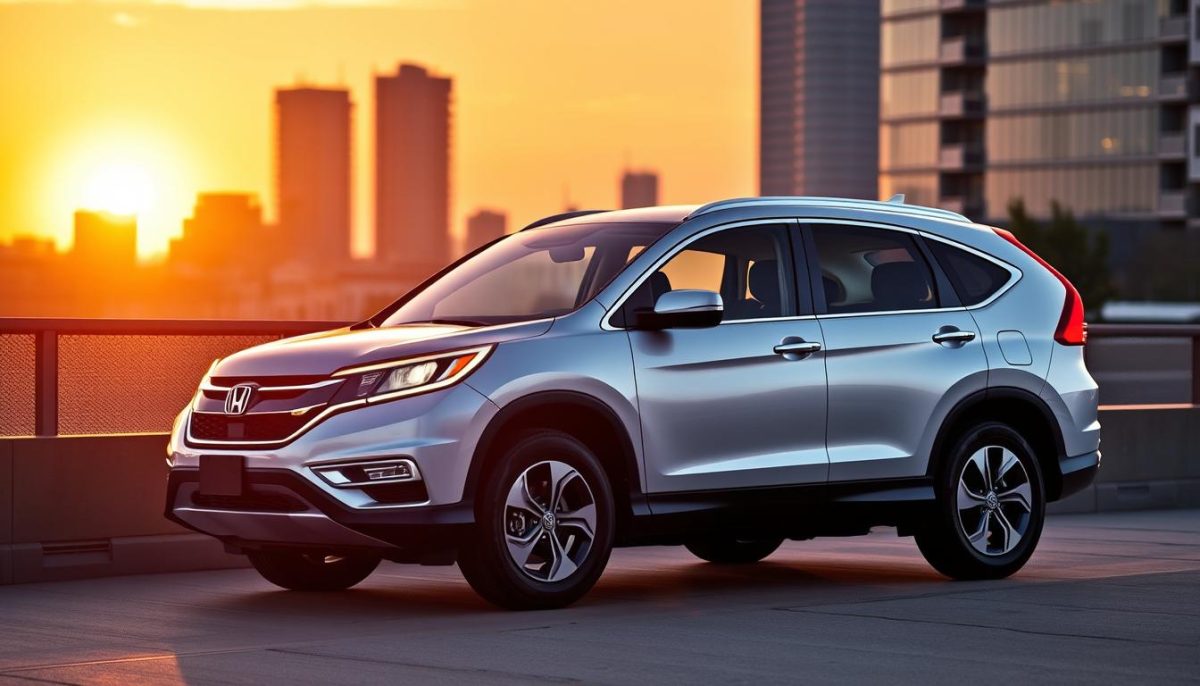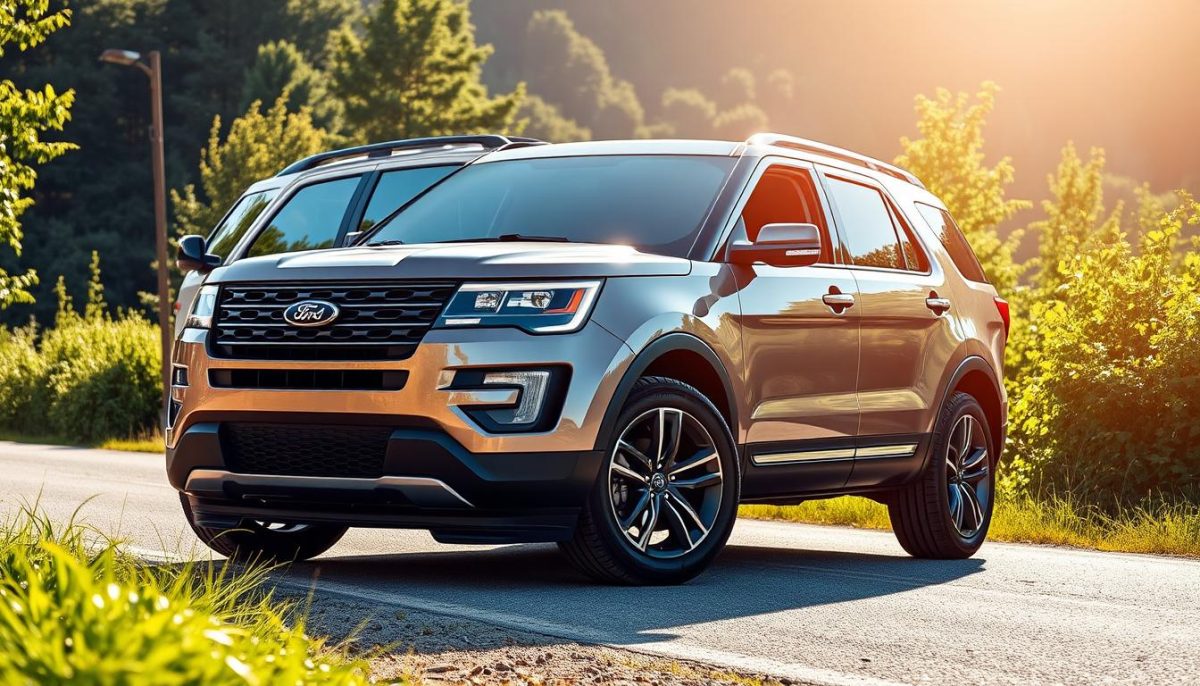The highly anticipated 2017 Jeep Scrambler is set to make waves in the truck market with its innovative half aluminum design. This forward-thinking approach not only enhances the aesthetic appeal but also significantly boosts the vehicle’s performance and off-road capabilities. By embracing this advanced material, the 2017 Jeep Scrambler caters to modern automotive desires with lighter weight, improved fuel efficiency, and increased durability. As we dive deeper, we’ll explore how these Jeep innovations position the Scrambler as a standout choice in an evolving industry.
Innovative Design Features of the 2017 Jeep Scrambler
The 2017 Jeep Scrambler showcases remarkable Jeep Scrambler design features through its cutting-edge use of materials. With the incorporation of an aluminum truck body, this vehicle sets a new standard for rugged yet efficient designs. This shift to aluminum reflects a broader trend of vehicle innovation within the automotive industry, focusing on durability without sacrificing performance.
Introduction to the Aluminum Structure
The aluminum truck body not only contributes to a reduction in weight but also enhances the overall robustness of the Jeep Scrambler. Lightweight trucks, like the Scrambler, can maneuver more efficiently, particularly in challenging off-road scenarios. This material change ensures that the Jeep maintains its iconic ruggedness while adapting to modern consumer demands.
Impact on Performance and Efficiency
Emphasizing Jeep performance enhancement, the aluminum structure of the 2017 Scrambler plays a crucial role in boosting acceleration and driving responsiveness. The use of lightweight materials can improve fuel efficiency significantly, appealing to an environmentally conscious market. As reported, the switch to aluminum might lead to up to a 15% enhancement in fuel economy compared to earlier steel versions.

Incorporating an aluminum truck body not only provides better handling but also elevates the driving experience by lowering the center of gravity. This innovation exemplifies how lightweight builds can transform traditional truck capabilities while maintaining the legendary toughness expected from Jeep vehicles.
2017 Jeep Scrambler To Be Half Aluminum
The transition to a half aluminum structure in the 2017 Jeep Scrambler holds significant promise for the Jeep Scrambler community. This innovative design caters to Jeep enthusiasts who appreciate advancements that honor the brand’s storied heritage while pushing the boundaries of modern automotive engineering.
What This Means for Jeep Enthusiasts
The half aluminum benefits resonate strongly within the Jeep enthusiast community. Off-road adventurers will likely notice improved maneuverability and handling. Lighter materials enhance not only performance but also customization options. The aluminum’s versatility allows for exciting new accessories, leading to personalization that aligns with individual lifestyles. Enthusiasts are abuzz about these changes, as reported in various forums, highlighting the potential for enhanced off-road adventures.
Weight Reduction and Fuel Efficiency
Jeep weight reduction impact is a crucial factor tied to fuel efficiency improvement. A lighter vehicle tends to consume less fuel, making the 2017 Scrambler more appealing to environmentally conscious consumers. Experts suggest that this change can lead to a potential increase of 4-8 mpg, translating into substantial savings at the pump. Furthermore, the shift in weight distribution enhances off-road capabilities, resulting in better traction and handling, factors that keep Jeep fans engaged with their vehicles.

Comparing Aluminum vs. Steel in Truck Builds
The choice between aluminum and steel for truck builds is often a hot topic among automotive enthusiasts. Understanding the differences between these two materials is essential for consumers looking to grasp the nuances of vehicle durability and cost efficiency. As manufacturers like Jeep innovate with designs like the 2017 Scrambler, a closer look at the features of aluminum construction versus traditional steel will provide valuable insights.
Durability and Strength Considerations
When examining the comparative analysis of aluminum vs. steel in trucks, durability and strength stand out as key factors. While steel has long been considered the hallmark of robust vehicle construction, advancements in aluminum technology have significantly enhanced its toughness and resilience. Consumer Reports highlights that, despite steel’s enduring reputation, the high strength-to-weight ratio of aluminum allows for sturdy frameworks that do not compromise on performance. Furthermore, specialized alloying techniques noted by SAE International have made modern aluminum suitable for rugged applications, making it a compelling option for vehicles like the Jeep Scrambler.
Cost Efficiency and Pricing Impact
Cost efficiency emerges as another crucial aspect in the cost analysis of aluminum and steel. Although the initial pricing of aluminum may be higher, its longevity and reduced maintenance demands often offset that initial expenditure. Kelley Blue Book states that the lighter weight of aluminum can lead to improved fuel efficiency, which helps lower overall fuel costs for drivers in the long run. According to The Wall Street Journal, as the automotive landscape shifts towards sustainability, the upfront costs associated with aluminum are being increasingly justified by the reduction in energy consumption expenses over time. Understanding these vehicle pricing factors will aid consumers contemplating a switch to trucks such as the 2017 Jeep Scrambler.



